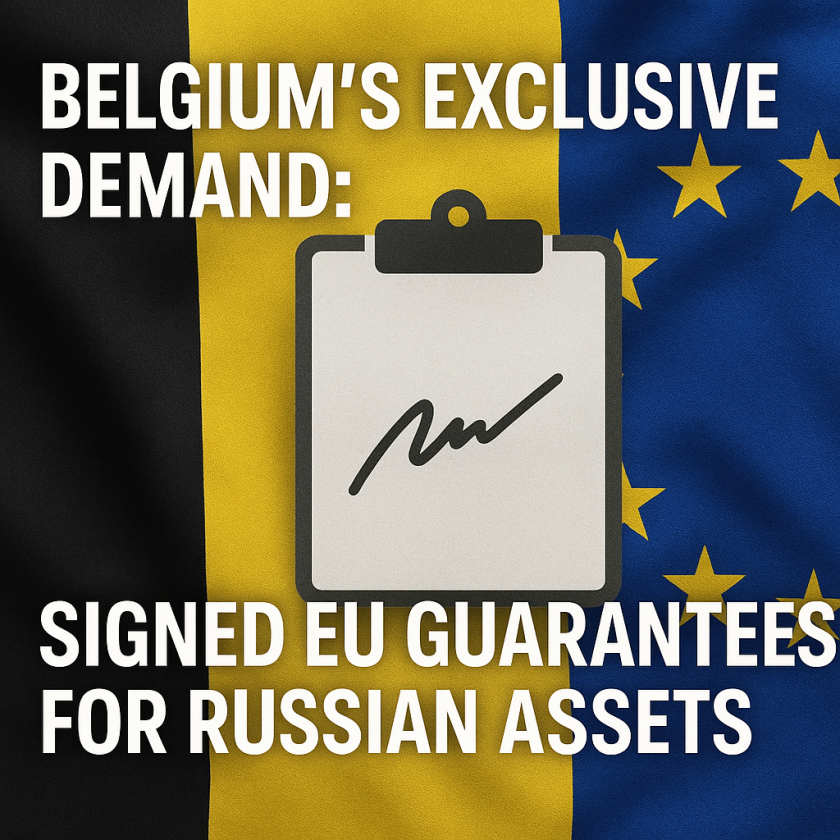The Overlooked Trade Surplus in Trump’s Narrative
The Overlooked Trade Surplus in Trump’s Narrative
Introduction
In the complex landscape of international trade, former President Donald Trump’s narrative often focused on trade deficits, particularly with countries like China. However, a significant aspect that remains underemphasized is the United States’ trade surplus with other nations. This overlooked element provides a more nuanced understanding of America’s trade dynamics during Trump’s administration.
Key Insights into the Trade Surplus
Understanding the Trade Surplus
While trade deficits were a focal point, the U.S. maintained a trade surplus with several countries, which played a crucial role in balancing the overall trade equation.
- The U.S. had a notable trade surplus in services, including finance, technology, and intellectual property.
- Countries like the United Kingdom, Brazil, and the Netherlands contributed significantly to this surplus.
Impact on Economic Policy
The trade surplus had implications for economic policy and international relations, offering a counterbalance to the deficit narrative.
- It highlighted the strength of American service industries on the global stage.
- Provided leverage in trade negotiations by showcasing areas of economic strength.
Challenges and Opportunities
Despite the surplus, challenges remained in addressing trade imbalances and fostering sustainable economic growth.
- Opportunities existed to expand service exports and capitalize on existing strengths.
- Balancing trade policies to support both goods and services sectors was crucial.
Conclusion
The narrative surrounding trade during Trump’s presidency often centered on deficits, overshadowing the significant trade surplus in services. Recognizing this surplus offers a more comprehensive view of the U.S. trade landscape, highlighting areas of strength and potential growth. By understanding these dynamics, policymakers can better navigate future trade strategies and negotiations.







































